Fire safety – fire reaction of materials, fire resistance of structures, the people safety – is a key requirement for the integration of innovations in construction: new materials, forms and assemblies, thermal breaks, fasteners and resin anchors, insulation, etc. In order to characterize and optimize fire safety levels, from the building structure as a whole to major pieces of infrastructure, such as tunnel equipment, the CSTB mobilizes exceptional experimental facilities as well as the latest digital simulation tools.
Expertise
The CSTB has fire reaction and resistance laboratories approved by the French Interior Ministry (order of 22 March 2004, amended). In addition to general services, it also has the following expertise:
Engineering of the fire behavior of structures
- characterization of the fire resistance/stability of structures and complex full scale configurations (2D - 3D), including all types of construction materials and solutions. High Vulcain furnace, up to 10 meters, for tests on large (height and width) structural components and modular configurations (facades or flooring), for conventional fires up to and including the modified hydrocarbon curve and higher (1,350°C max).
Fire Safety Engineering
Fire Safety Engineering offers an alternative to the French prescriptive regulations by allowing a more accurate assessment of the fire risk, taking into account the architectural design and operation of the building. This approach covers several topics, including reaction to fire, stability to fire, smoke extraction and evacuation.
- Reaction to fire engineering studies the contribution of building materials to fire and its consequences on safety. It is based on an analysis of the behavior of materials in a real fire situation and their impact on the conditions of development, propagation and aggravation of fire.
- Evacuation Engineering provides new opportunities to help operators implement safety procedures and define evacuation strategies. It can include simple movement models or consider the effects of fire on people. It can also incorporate a representation of human behavior and interactions with street furniture.
- Fire resistance engineering allows to verify if the fire stability objectives of a building are reached, taking into account real fire scenarios. This approach allows to define constructive solutions adapted to the risks and to the particular context of the structure.
- Smoke control engineering allows to evaluate the efficiency of a smoke control solution in a realistic fire situation. It takes into account various factors such as the surface area of the smoke outlet, the sections, the air supply, the ceiling height, the parking areas, the hoppers and the complex volumes.
People safety
- Modeling and analysis of the performance of smoke extraction systems and of evacuation conditions on the basis of realistic fire scenarios. On-site trials on ventilation and smoke removal systems; characterization of spray systems (water mist extinguishing and sprinkler systems)
- Estimation and optimization of the time needed to ensure the safety of people in a structure on fire, through modeling and digital simulations and instrumented experimental campaigns
- Fire reaction of a building's materials and components
- Assessments of fire behavior engineering studies: validation of an engineering study on fire behavior by issuing an opinion on the study within the meaning of Article 15 of the decree of 22 March 2004, amended.
- Support for worksite assessments.
Resources
- Furnaces + Combination and hybridization of measurements/simulation (temperature range, deformation - 3D constraints), damage monitoring (3D display, acoustic emissions), dynamic measurement of the emissions of combustion products, pollutants, etc.
- Characterization and monitoring of fire damage, from the scale of the material to the scale of the building. Conducting full scale and on-site fire trials
- Digital models and software: SAFIR 3D modeling of the fire behavior of structures SCHEMA-SI stochastic assessments of the fire safety level, CIFI standard zone model simulations, Fire Dynamics Simulator (FDS): a computational fluid dynamics (CFD) model, SEVE-P, EXODUS evacuation modeling vs. human behavior.

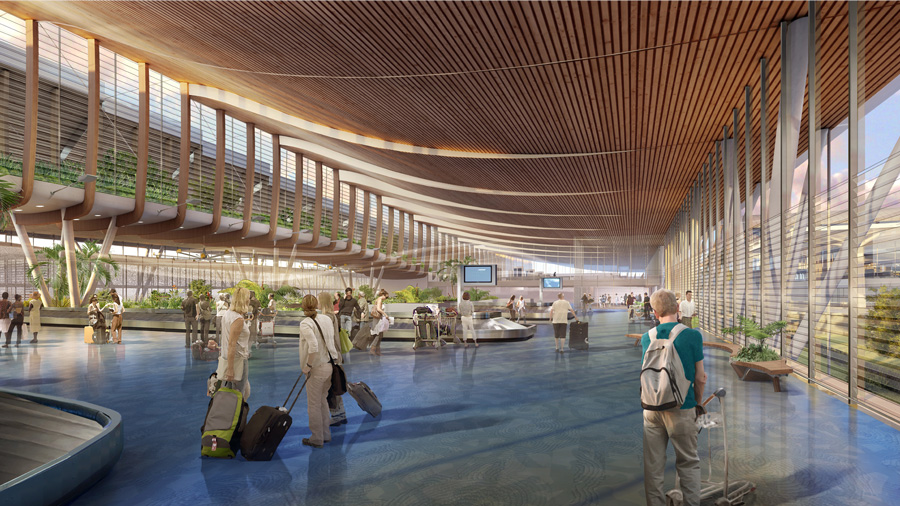
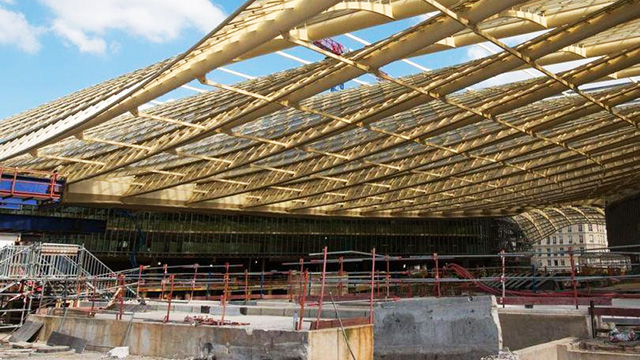
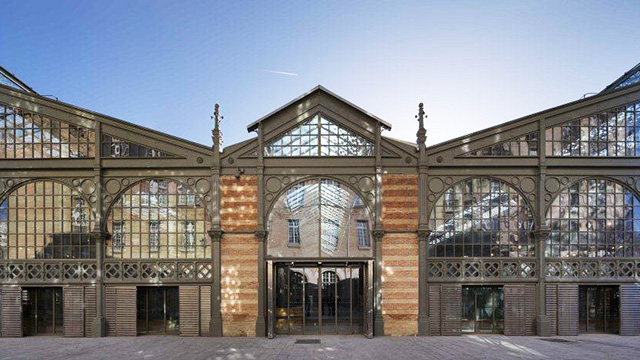
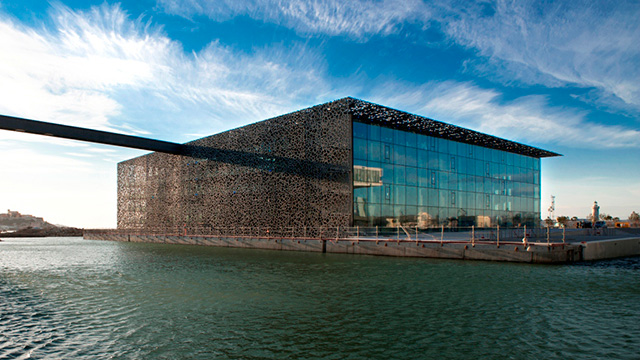

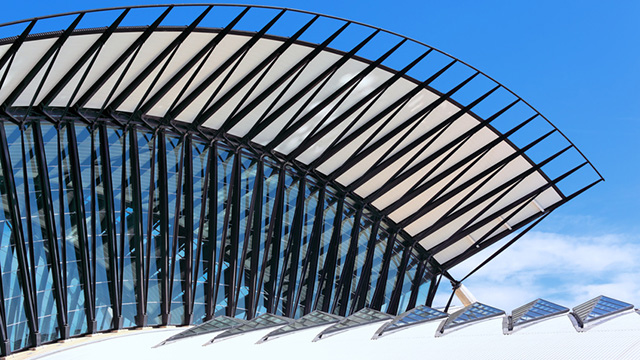
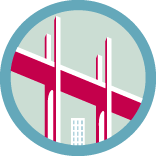 Major Structures
Major Structures